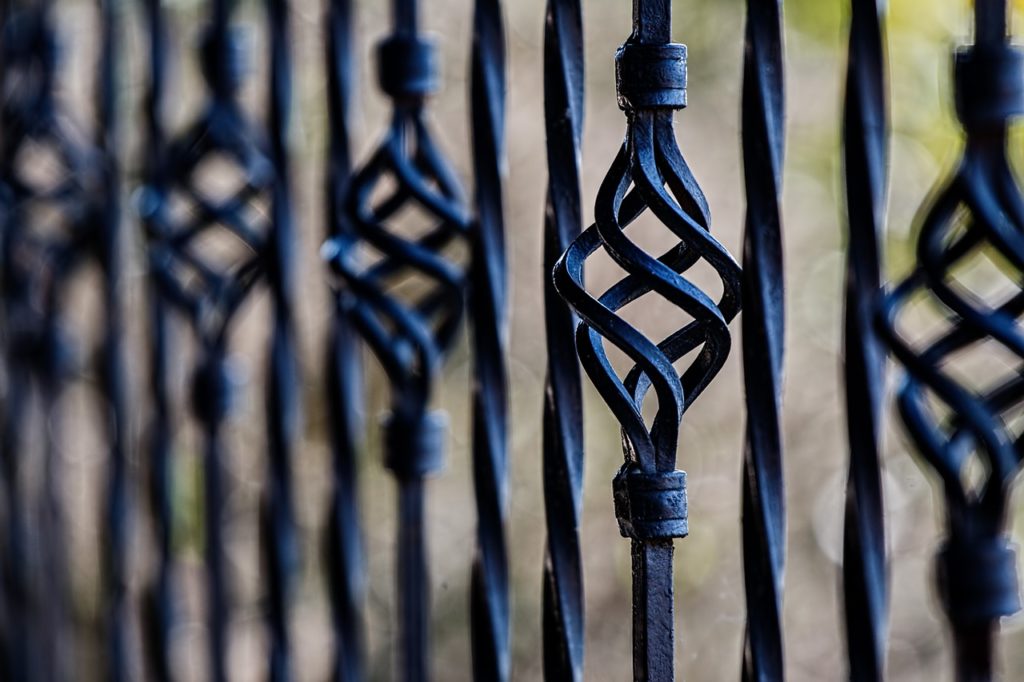Extending the Life of Your Fence

Most types of fences have a long lifespan of between 15 and 30 years according to manufacturer data. But what do you do when your wooden fence starts to look weather-worn, the iron begins to tarnish, or the vinyl begins cracking? When fencing materials start to deteriorate, the safety of children and pets may be in question, and the curb appeal of your home can become dingy. Here are some tips on how to prolong the life of the fence materials for many years to come.
Weathering Problems
Although harsh winter weather is often blamed for the deterioration of fencing materials, the truth is that time, dirt, and inattention can also cause the barrier fabrics to break down. Nothing can be done to protect fences against tornadoes or hurricanes, but you can take steps to protect materials from mildew, insects, water, and UV rays. If you notice holes, cracks, warping, or peeling in your fence surface, you can call in a fencing repair and renovation team to take immediate steps to prolong the life of the fence fabrics.
Treating Materials
A consultation with a qualified fencing team can help you establish a regular home maintenance program that includes checking for insects, cracks, and warping of the structure. The professionals may also suggest you perform a regular cleaning program to remove dirt and grime that can hide issues. A maintenance program for wooden fences can include refinishing the boards with a new sealer and stain every three or four years, while a vinyl fence may require the company to power wash it twice a year.
You can easily prolong the life of the fence materials if you take action at the first sign of sagging, discolored, or cracked fencing fabrics. A qualified fencing company near you can set up a plan of action to inspect your fence for you and make suggestions on extending the material’s life. Why not set up a plan of action today!